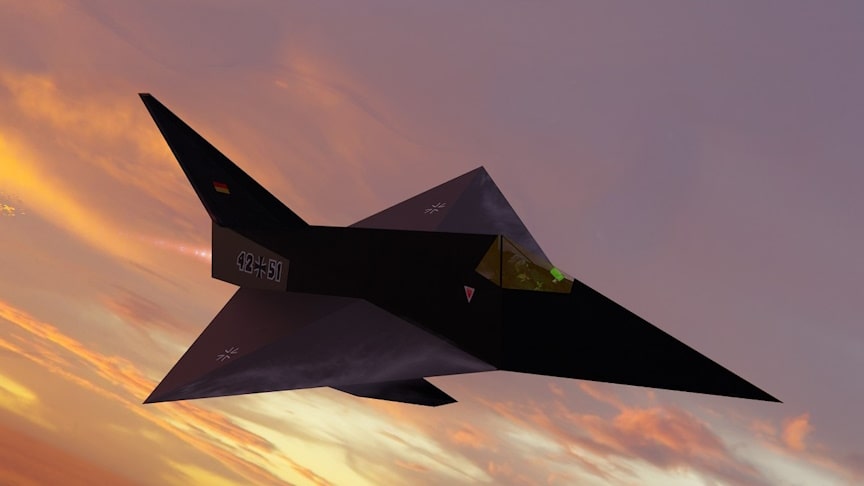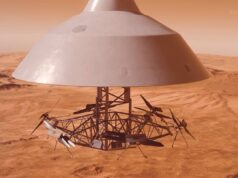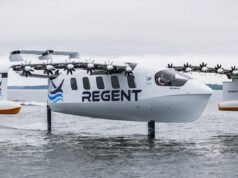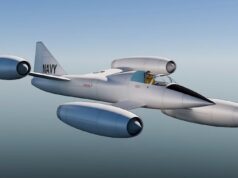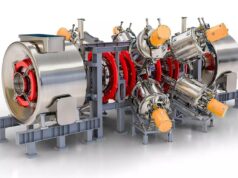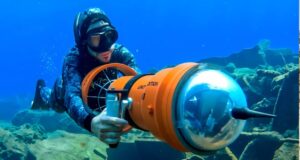The MBB Lampyridae (Latin for Firefly) was a low-observable medium missile fighter (MRMF) developed during the 1980s by the West German aerospace company Messerschmitt-Bölkow-Blohm (MBB). The programme was terminated during 1987 without any production aircraft having been produced. The machine was supposed to be able to reach supersonic speeds.
source.image: Found And Explained
Developed in secret and independently of Lockheed’s work on the “Have Blue” prototype and F-117 stealth fighter, the Lampyridae nonetheless utilised a similar approach; the external shape was composed of a number of triangular facets to reduce the radar cross section (RCS), particularly over the frontal arc that would be exposed to the radar of enemy fighters.
A number of articles were constructed during the test programme; a full size mock-up with a faceted canopy, a three-quarter scale piloted wind tunnel model with a conventional canopy, a 1:3.5 scale low speed model and a 1:20 scale transonic model. The 12m long piloted model was tested in the German-Dutch wind tunnel at Emmeloord.
Advertisement
The design was revealed to the US in 1987 when a group of USAF officers were shown the piloted model, kept in a closed-off section of MBB’s plant at Ottobrunn in Bavaria. Reputedly, later calculations indicated the Lampyridae would have had a lower RCS than the famous Lockheed aircraft.

